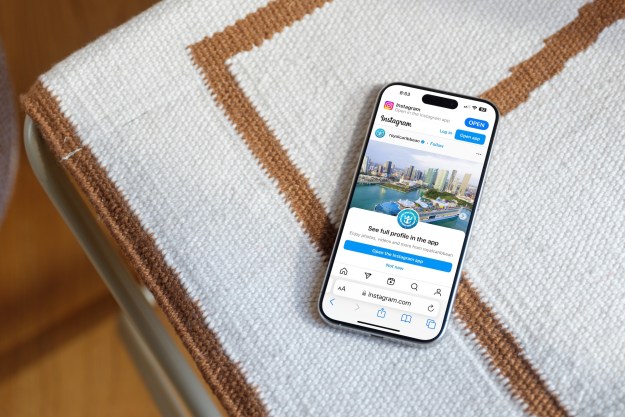The Vibe Shot was Lenovo’s MWC headliner, but the Chinese manufacturer also released the big screen A7000, a solid Android mid-ranger sold as “entertainment on a budget.” And it rounded things off with the Lenovo Pocket Projector which employs Miracast or DLNA to blow up content from your Android, Windows 8.1, or iOS device.
Lenovo Vibe Shot
The first thing that strikes you about the Vibe Shot is how thin it is. It measures just 7.3mm and weighs in at 145g. The design is very much like a compact with a physical shutter button on the top edge. The 16-megapixel main camera has a six-piece modular lens, OIS, a full-frame 16:9 low-light sensor, a tricolor flash, and infrared focus. Lenovo promises the automatic settings will make it easy to capture great shots, but you can dig in there and tweak whatever you like if you’re so inclined.
As a phone the Vibe Shot runs Android 5.0 Lollipop and has a 5-inch 1080p IPS display. It’s no slouch on the power front either with a 64-bit octa-core Qualcomm Snapdragon 615 under the hood clocked at 1.7GHz, an Adreno 405 GPU, and 3GB of RAM. You’ll also find 32GB of on board storage and you can boost that by up to 128GB with a MicroSD card, providing space for plenty of photos.
As you’d expect there’s support for LTE and the latest Wi-Fi and Bluetooth standards. The front-facing camera is rated at 8-megapixels, though it’s fixed focus. The battery is rated at 2,900mAh, and finally, the phone is a dual SIM device. You’ll be able to get it in white, red, or grey starting in June this year at a starting price of $350.
Lenovo A7000

The Lenovo A7000 is an impressive budget Android smartphones with a 5.5-inch IPS display, though the resolution betrays its budget nature at 1,280 x 720 pixels. Just like Lenovo’s new
Moving inside we find a 1.5GHz 64-bit MediaTek True8Core processor backed by 2GB of RAM. There’s also a 8-megapixel main camera and a 5-megapixel fixed focus camera for selfies. Storage is 8GB out of the box with room for a 32GB microSD card. The battery is rated at 2,900mAh. The fact that it’s a dual SIM device, and it’s going to ship this month for just $170, suggests it’s not bound for the U.S. market.
Lenovo Pocket Projector

Weighing just 170g and measuring 104mm x 25mm x 100mm Lenovo’s Pocket Projector lives up to its name. It has a 50 lumen LED light engine and projects at a 854 x 480 resolution image up to 110 inches with support for 4:3 or 16:10 aspect ratios. You can expect 20,000 hours of life from the LEDs and you can rotate it 90 degrees to make it easier to project up onto a wall.
It works as standalone device with microSD cards up to 32GB, but it’s really designed to hook up with your Android, Windows 8.1, or iOS smartphone or tablet using Miracast or DLNA. Battery life is 2.5 hours and there are two speakers built-in, though the output is just half a watt. It goes on sale this month and will cost $200.



